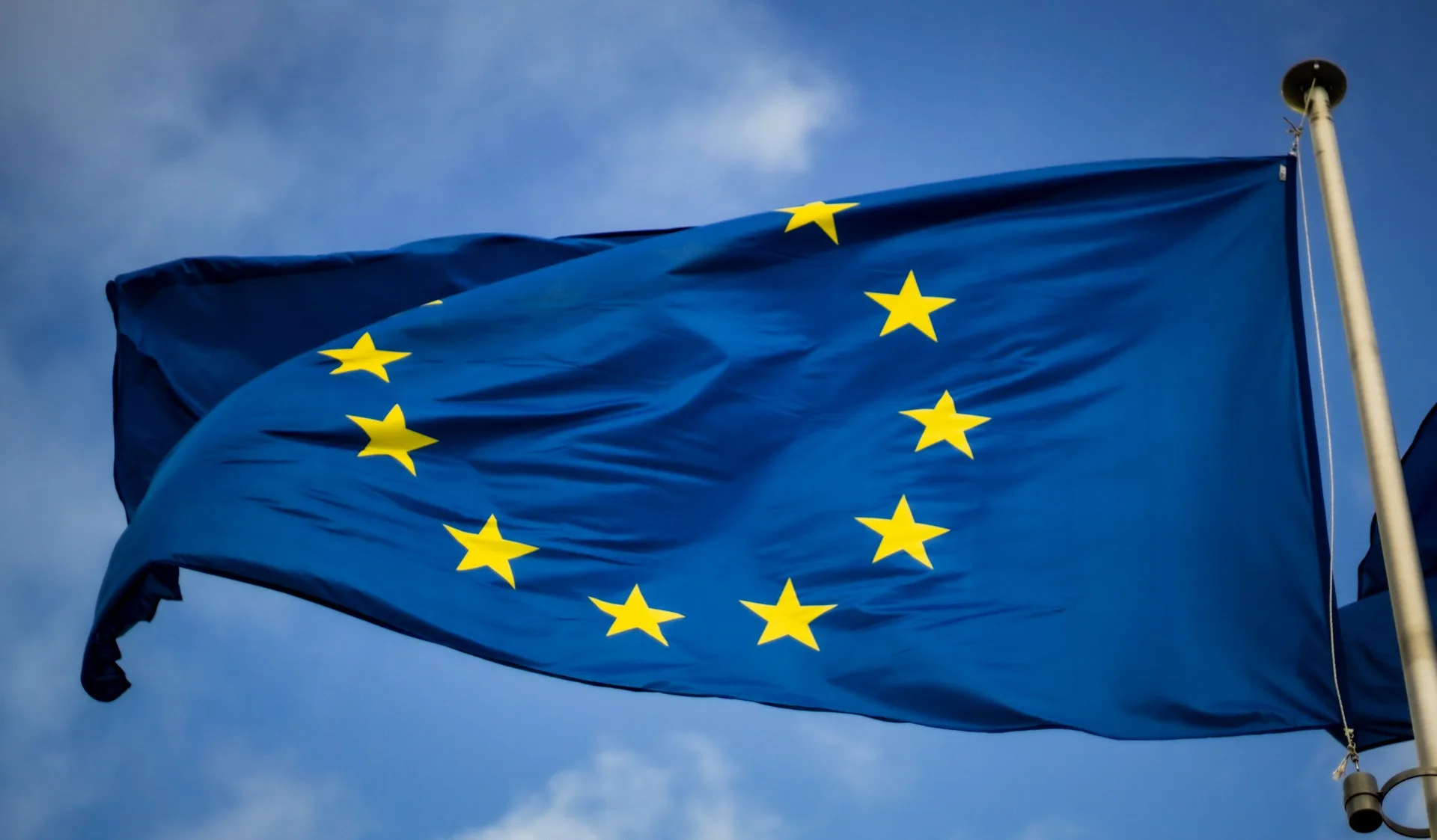Starting in autumn 2025, a new control system will be introduced at the external borders of the European Union — the Entry/Exit System (EES), which will affect the border crossing procedure for all third-country nationals, including Ukrainians. From now on, information about every person entering or leaving the Schengen area will be automatically recorded in a single database. Passports will no longer be stamped — they will be replaced by digital records.
Read also: EU introduces new border control system from 10 November
The system will collect the following data: name, passport type, date and place of border crossing, as well as biometric information — facial photos and fingerprints. This will allow for more accurate control of how many days a person stays in the Schengen area and identify violators who stay longer than allowed or try to enter the EU with false documents. One of the main tasks of the EES is to increase security and reduce queues at borders through automation.
For Ukrainians, this means new checks when entering the European Union. Biometric data will be entered into the database, and the system will independently track the length of stay in the EU. This is especially relevant for travel under the visa-free regime, where a maximum stay of 90 days within a 180-day period is permitted.
The EES will be implemented gradually over 180 days to avoid technical glitches. If necessary, the launch may be temporarily suspended to resolve any issues. Although the system is designed to make EU borders more efficient and secure, for Ukrainians this innovation means additional formalities when travelling abroad.
Read also: Border crossing for humanitarian drivers changed — government cancels special permits



